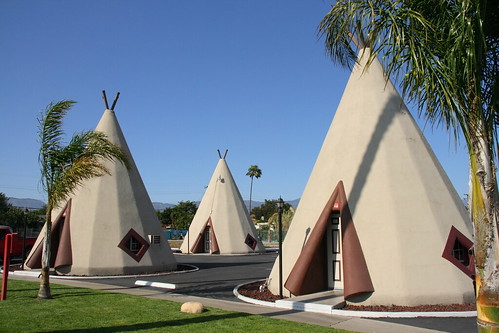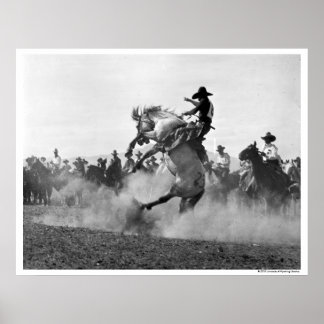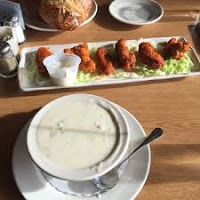November's topic from Skye:
Creating a believable career for your character(s).
#1 brew a cup of coffee. Tonight, it's Columbian Roast with a splash of milk, served in a "Peanuts Snoopy" mug with Snoopy seated next to a typewriter.
#2 In the weeks before plopping myself in front of the keyboard for a dedicated writing session, I heard bits of dialogue or conversations in my head. I also have a sense of time and place.
#3 Then...My dreams have music. It's one theme song, replaying on a loop. All. Night. Long. It's cranked up to "movie theater" loud. One night, the theme of "How The West Was Won" or "The Yellow Rose of Texas," or my least favorite song of all time, "Stand by Your Man."
#4 He's a Texan. A Bullrider. The "Wildcat" of the rodeo circuit. His name is Lynx Maddox.
#5 The Heroine? She must have a connection to the rodeo world. Rachel Scott's father was a bronc rider. She lived with her grandmother while her parents traveled the circuit.
#6 She's attending a local college while supporting herself waitressing at the local diner.
#7 The Opening Scene:
Chapter One, Rodeo Romance, Book 1, "Lynx"
Charlene hadn't told Rachel that she'd fixed her up with a cowboy, much less Lynx Maddox, the "Wild Cat" of the rodeo circuit. Rachel sighed. She should have known. After all, Charlene only dated men who wore boots and Stetson.
Rachel Scott cringed at the thought even as her gaze took in the breadth of Lynx Maddox's chest, broad shoulders, and dark green eyes, which scanned her with blatant masculine approval.
Despite her stern efforts to control it, her heart pounded against her ribcage. She'd seen him sitting at the table with Charlene Davis and Dan Elder before he spotted her. She'd allowed herself to look when he walked her way--looking didn't hurt. And it was okay to dream--a little fantasy never harmed a woman. But that was where it ended. After watching her father die in the arena, Rachel had sworn she'd never have anything to do with another rodeo cowboy. She stopped her train of thought and gave the cowboy a smile.
"Nice to meet you," she said, accepting his extended hand. She felt the strength in his warm, calloused fingers. Rachel tried to ignore a fluttering sensation low in her stomach. There was one thing she was sure of as she looked up into his piercing eyes and uncompromising jaw--men like him had trouble written all over them. And she doubted Lynx Maddox would prove to be an exception.
"Rachel, I'm glad you came tonight." His voice was soft as velvet and laced with a Texas drawl.
He smelled of woodsy masculine cologne, and the sudden rise in her body temperature alerted Rachel to the unexpected twists in this encounter—she was much too aware of the sexy cowboy. She focused on the warmth of his hand against hers and knew that although his grip was light, he was very strong. His presence had a power; it vibrated everywhere, even from the sawdust-covered floor beneath her feet.
His slow, lingering smile seemed to unravel what remained of her composure...
💖
#8 Many authors approach setting up a career for their characters systematically and logically. However, my mind doesn't work that way.
I often have general knowledge. My father is from Texas, and I've lived in the panhandle and vacationed in Montana. I've mucked out stalls, ridden horses, and even taken a tumble.
However, I knew almost nothing about the sport of Bull Riding, aside from the fact that "I can't even watch it on television."
I had never worked in a fast-food restaurant, diner, or as a waitress in a restaurant.
#9 So, how did I overcome my ignorance? I annoyed people, mostly. I interviewed friends and strangers familiar with ranching/western life. I also read rodeo books and magazines and convinced my children and husband they had always wanted to attend rodeo events. 😉
#10 One must remember to walk in each character's shoes, paying attention to detail in each person's point of view and temperament. Rachel's background will color her reactions. She is an introvert but will stand her ground. Lynx is self-assured and self-reliant, with a cowboy's code of honor. Charlene is an extrovert who has never met a stranger. Dan is Lynx's wingman and cousin.
# 11 The career must also advance the story's plot, and the character's actions, reactions, and life choices must ring true. (Be sure to read my rodeo arena and Honky Tonk Bar scenes, the latter a nod to my late cousin Clancy Carlile.)
Thank you for stopping by :)
Please visit the talented authors participating in this month's Blog Hop. I'm visiting their websites now!!
XOXO
Connie



.jpg)




















